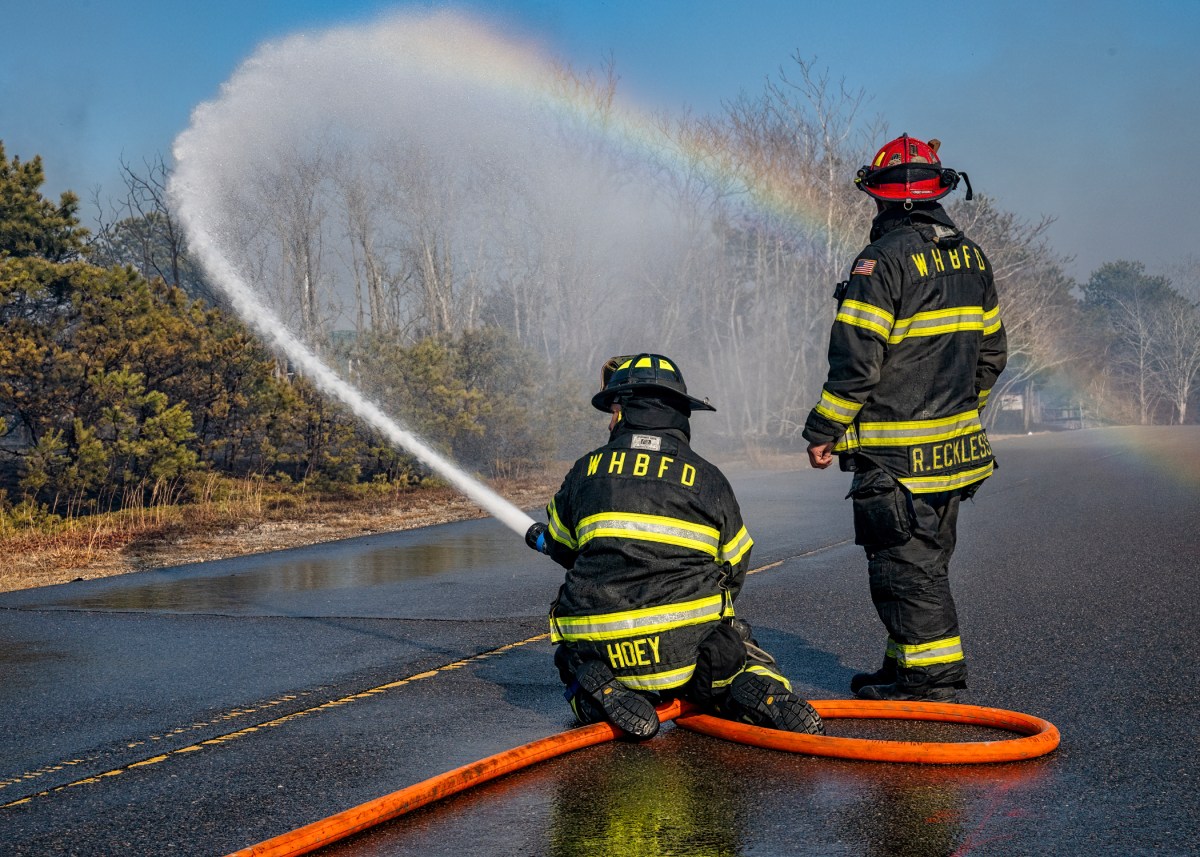Immigrants And Internment

In her haunting new novel “The Last Year of the War,” Susan Meissner explores a little-known but important fact about World War II with such emotional charge that it’s likely readers will rethink what it means to be an immigrant and an American — a timely subject, for sure.
While many people know about the internment of Japanese Americans, most are unaware approximately 11,000 legal residents of German descent (along with a handful of Italian nationals), living in America and Latin America, were rounded up by the government starting in 1942, and sent to detention camps in sparse areas. Several them, shortly after, were then “repatriated” to their war-torn home countries as part of an exchange process. Their crime, they were told by the FBI, was that they were sympathetic to Adolf Hitler’s Germany, or, simply put, were dangerous enemies of America.
Meissner’s historical fiction, while not glossing over such charges, challenges their breadth and accuracy. Werner Ulrich, of Mt. Sinai, was born in New York City in 1941 to German immigrants and interned along with them. Meissner appropriated his story, applying it to a fictional young girl, 14-year old Elise Sontag, and her family who moved to the states in 1925, and added a deeply moving account of Elise’s friendship with a girl of Japanese extraction. Elise met Maricko Inoue Hiyashi in Crystal City, Texas, the largest real-life “enemy alien” internment camp in the United States, located southwest of San Antonio and 50 miles from the Mexican border. None of the internees at Crystal City “were ever convicted of a war-related crime.”
Meissner’s novel exhibits impressive structure and style. She opens her story with Elise, now 81, who has lived for decades in Los Angeles, the widow of a prosperous American businessman. Forever plagued by the memory of her beloved soulmate, Elise is determined to find Maricko before “Agnes” comes for a permanent visit. “Agnes” is Elise’s name for the Alzheimer’s she knows is taking over her life.
As if World War II internment; a graphic account of what it was like to be bombed during the last year of the war; and a theme expressed in the book’s epigraph — “We belong far less to where we’ve come from than where we want to go” (from writer Franz Werfel) — were not significant enough, Meissner provides a compelling domestic story about love.
After decades, Elise is still devastated at having lost contact with Maricko, whose letters over the years have been returned as undeliverable. A quiet, shy young girl from Davenport, Iowa, where her father had worked as a chemist at an agricultural plant, and where the family enjoyed a secure and serene life, Elise didn’t make friends easily. The irony is that her sudden removal to a detention camp gave her Maricko, an intelligent, highly-imaginative girl her own age.
“We were both American-born high school freshmen who wore the same charm bracelet and the same kind of skirt, who liked Twinkies and cute boys and Saturdays at the movies.” They vowed that after the war they would meet up in Manhattan and become journalists. Although Japanese and German Americans shared internment facilities, cultural differences separated them, and once the families were sent back to their original homeland, war took over. Maricko’s father forced her into marriage in Japan and Elise found herself in the center of the bombing of Pforzheim, then Stuttgart in 1944, “the worst year of the war,” a horror that rivaled Dresden.
The ease with which Meissner moves back and forth in time with simple declarative sentences, while creating suspense, keeps the reader turning pages while the outcome may generate some tears. As the author notes in an acknowledgment, most of the Texas camp buildings are gone today, although the one that housed the German elementary school still stands. And finally, there is this penultimate paragraph in the notes: “While the Civil Liberties Act of 1988 granted reparations to Japanese Americans interned during World War II, as of this writing there has been no governmental review or acknowledgement of the same violation of civil liberties regarding interned German Americans.”



